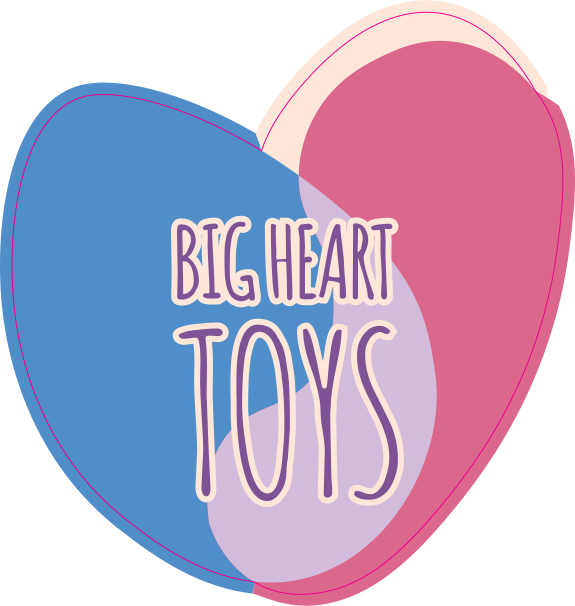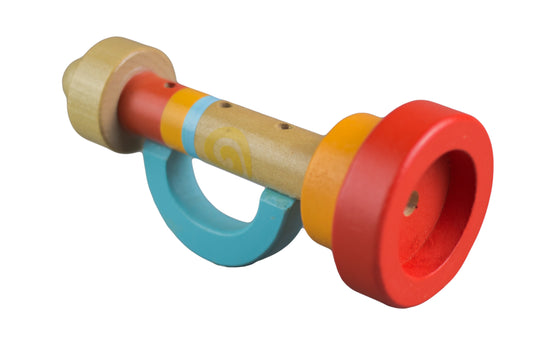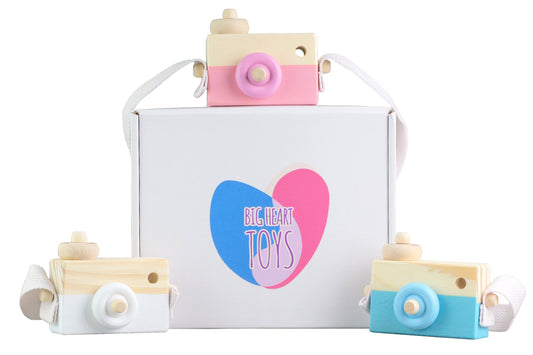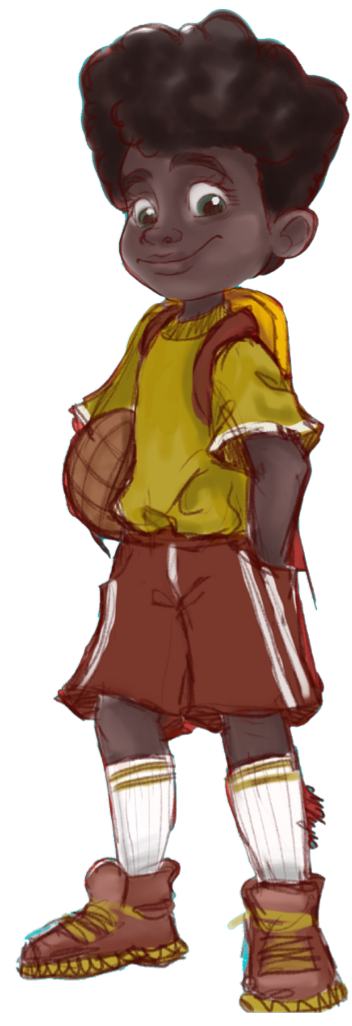Children with autism spectrum disorder (ASD) often have unique sensory needs and preferences when it comes to play. At age 2, they are at a crucial developmental stage where toys can play a significant role in their growth and development. Selecting the right toys for children with autism can assist in improving their sensory integration, social skills, communication, and overall cognitive development.
Understanding the specific sensory needs of children with autism and other special needs is important as this guides the selection of toys that provide appropriate sensory input.
Considering individual strengths and challenges can help tailor toy choices to their unique liking. By offering a variety of toys that address different aspects of development, parents and caregivers can create a supportive environment that provides meaningful play experiences and promotes developmental growth in children with autism.
What Types of Play Do Two-Year-Olds Engage In?
Two is a pivotal age in terms of play. Where your little baby used to engage in unoccupied play or solitary play, you may begin to notice a change in their type of play. When approaching two years old, children tend to show signs of onlooker play, where they observe how other children or adults are playing and simply enjoy watching and learning.
If they watch and play beside a peer or family member, they are engaging in parallel play. This comes before playing together, when two or more children play independently side by side. They may watch what the other is doing, but they aren’t quite interacting with the other’s play.
Age two is when you may begin to suspect or discover early traits of autism in your child. This often means that social interactions are challenging and don’t feel natural. Engaging in these more social types of play may require practice and take time to adjust to.
As two-year-old play still tends to be more of a solitary activity, even when others are nearby, toys that can be used independently are best.
What Are Common Sensory Needs of a Two-Year-Old with Autism?
Sensory needs for children with autism vary widely. They can range from hypersensitivity to hyposensitivity, but most children with autism demonstrate some type of sensory sensitivity.
Tactile sensitivity is common, with some children finding certain textures uncomfortable or even painful, while others may seek out specific textures for comfort. Auditory sensitivity can appear as an aversion to loud noises or certain sounds. Visual sensitivity might lead to discomfort with bright lights or specific visual patterns, while other children may be captivated by visual stimuli. Proprioceptive sensitivity can affect how children respond to movement and pressure, with some seeking out or avoiding certain types of sensory input to regulate themselves.
There are toys tailored to address children with this sensory need and provide sensory input that can help them emotionally regulate and engage more comfortably with their environment. We’ve narrowed down a list of toys tailored for two-year-olds to support their physical development and cognitive development, making them the perfect choice for your little one:
1. Fidget and Pop Toys
Fidget toys are small, handheld silicone toys designed to provide sensory stimulation and promote focus and attention. For children with autism, fidget toys can help in reducing anxiety and improving concentration. Choose fidget toys with various textures, shapes, and movements to cater to individual sensory preferences. Fidget spinners, stress balls, and sensory rings are popular options for children with autism.
2. Large Foam Building Blocks
Sensory toys come in various shapes, sizes, and textures, providing endless opportunities for exploration and creativity. Large foam blocks offer tactile stimulation and can be used to build structures, encouraging fine motor skills, gross motor skills, and spatial awareness. Look for building blocks with different textures, such as smooth, rough, bumpy, or soft, to cater to various sensory preferences and make it easy for them to clean up.
3. Sensory Balls
Sensory balls come in various textures, sizes, and colors, making them an excellent choice for children with autism. These balls stimulate tactile senses and help in improving hand-eye coordination. Soft, squishy balls with different textures provide sensory input, promoting exploration and engagement. Some sensory balls also emit soft sounds when squeezed, offering auditory stimulation.
4. Musical Instruments
Musical instrument toys offer a multisensory experience for children with autism, combining auditory, visual, and tactile stimulation. Playing musical instruments can help improve motor skills, coordination, and self-expression. Encourage children to explore different rhythms and experiment with creating their own music.
5. Shape Sorters
Shape sorters are Montessori toys that provide both sensory and cognitive benefits for children with autism. These great toys encourage problem-solving skills, hand-eye coordination, and shape recognition. Look for shape sorters with large, easy-to-grasp pieces and simple shapes to make them more accessible for children with autism. Two-year-olds love learning toys with a slight element of challenge!
6. Pretend Play Props
Two-year-olds often start engaging in imaginative play by mimicking what they see. They will pretend to be an adult, carrying around a purse, pushing a shopping cart, or taking pictures with a pretend camera. Pretend play props, like toy versions of everyday objects, can enhance the imaginative play experience for two-year-olds with autism, allowing them to explore and experiment with different roles and scenarios in a safe and supportive environment.
7. Bubble Machines
Bubble machines can provide hours of sensory fun for children with autism. The floating bubbles offer visual stimulation and can help in improving attention and tracking skills. Some bubble machines also feature music and lights, adding auditory and visual sensory input. Engaging in bubble play can also facilitate social interaction and turn-taking among little ones.
8. Interactive Books
One of the best things you can do is read with your child! Reading, as young as infancy through age two, helps to develop language skills and vocabulary, and enhances numerous cognitive skills. Interactive toys and books are particularly beneficial for children with autism as they engage multiple senses and encourage active participation.
These books can help children with autism stay engaged and focused during reading sessions, creating a positive association with books and teaching them endless social skills through storytelling.
9. Play Tents and Tunnels
Play tents and tunnels offer a cozy and enclosed space for children with autism to retreat to and explore. These toys provide a sense of security and can help in regulating sensory input. Play tents and tunnels encourage imaginative play and gross motor skills, and can serve as a safe space for children to engage in solitary or cooperative activities. Look for tents and tunnels with simple designs and soft, sensory-friendly materials.
10. Stuffed Animals
Stuffed animals offer numerous benefits for children with autism, especially in pretend play and sensory exploration. Through imaginative scenarios, children can use stuffed animals as characters, introducing creativity and social skills development.
The textures of stuffed animals provide tactile sensory input, catering to individual sensory preferences. By incorporating stuffed animals into playtime, we can encourage imaginative play and sensory engagement, supporting the mental and physical development of children with autism.
What Are the Biggest Things To Consider When Choosing Toys?
The biggest thing to consider when shopping for a little one is selecting developmentally appropriate toys. It’s important to provide an element of challenge without introducing frustration. Educational toys and play are things that can really help children learn when they are engaging without being too difficult.
Safety is a non-negotiable factor, requiring toys that meet safety standards and pose no choking hazards. Interactivity is an added bonus, encouraging engagement, socialization, and communication skills. Versatility can come into play as well, with the simplest toys sometimes being the most engaging as they offer a range of play possibilities.
Considering the child's interests and preferences ensures greater engagement and enjoyment during playtime. Educational value is another aspect, promoting learning and skill development in a fun way. Lastly, inclusivity ensures that toys are accessible and adaptable to accommodate diverse abilities and needs. By weighing these considerations, we can choose toys that facilitate not only fun but also meaningful growth and development for children with autism.
The Bottom Line
Selecting the right toys for two-year-olds with autism can have a significant impact on their development and well-being. Sensory-rich toys that provide opportunities for exploration, engagement, and skill-building are particularly beneficial for children with autism.
By choosing toys that cater to their sensory preferences and developmental needs, parents and caregivers can support their child's growth, encourage meaningful play experiences, and provide motor learning in a fun and engaging way.
To explore a wide range of toys for children with autism, check out our product selection where we provide toys with your child’s unique needs in mind. Access more learning resources through our blog!
Sources:
Sensory Integration | StatPearls | NCBI Bookshelf
What is Parallel Play + 5 Ways it Benefits Your Child | NAPA
Early signs of autism | Raising Children Network
Autistic Children Are More Responsive to Tactile Sensory Stimulus | PMC
What Do We Know About Noise Sensitivity in Autism? | KKI
Visual Sensory Experiences From the Viewpoint of Autistic Adults | PMC
Assessing proprioception | A critical review of methods | PMC
Cross-Modal Interaction Between Auditory and Visual Input Impacts Memory Retrieval | Frontiers






